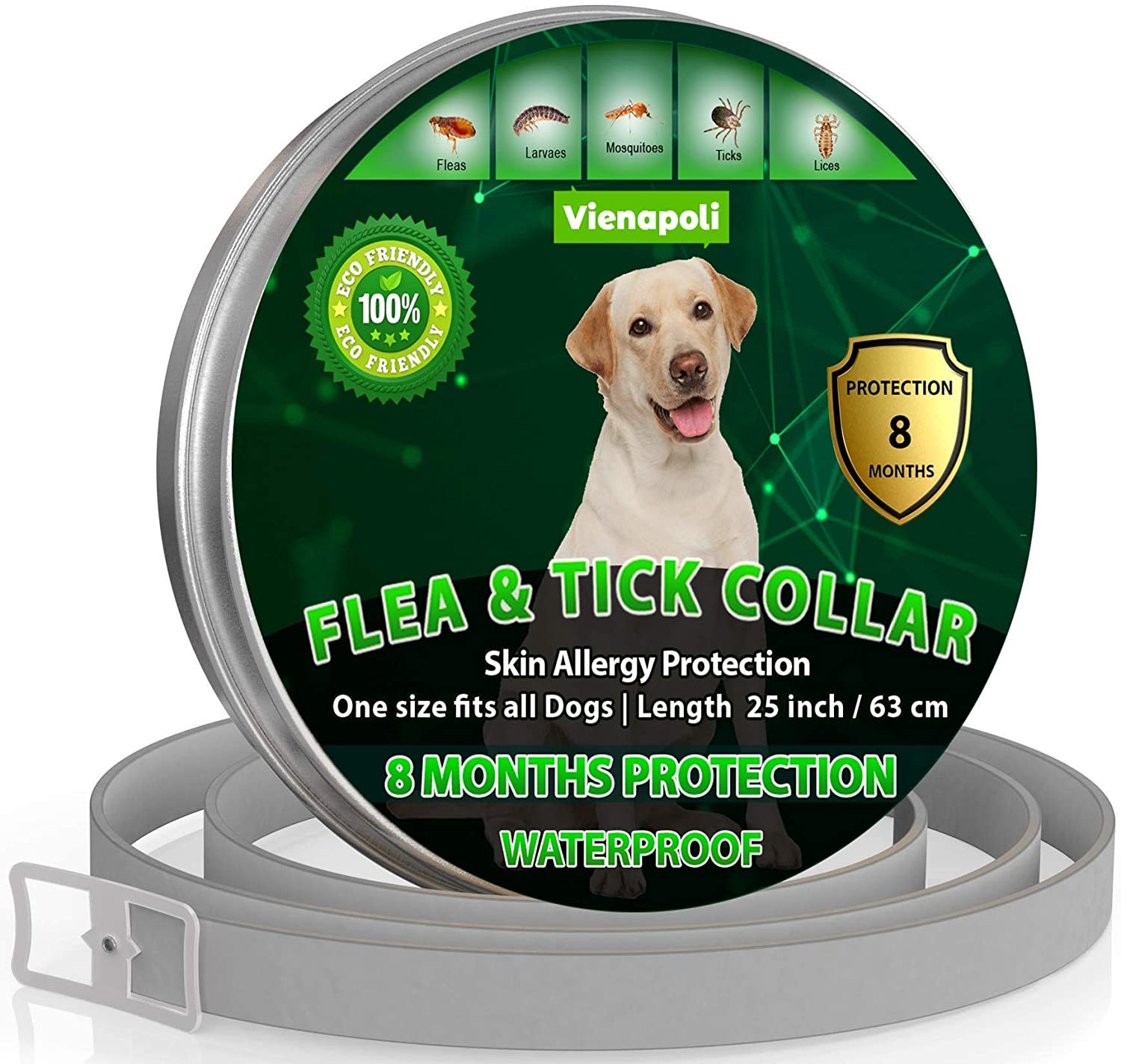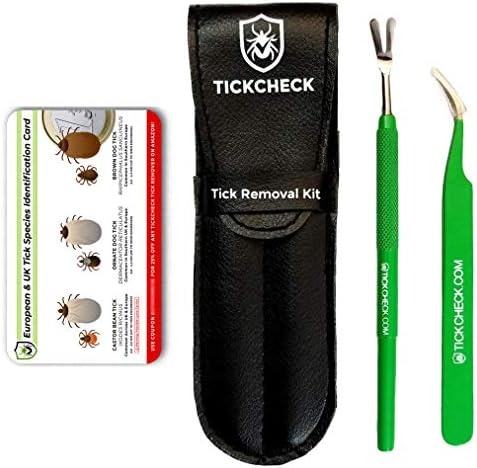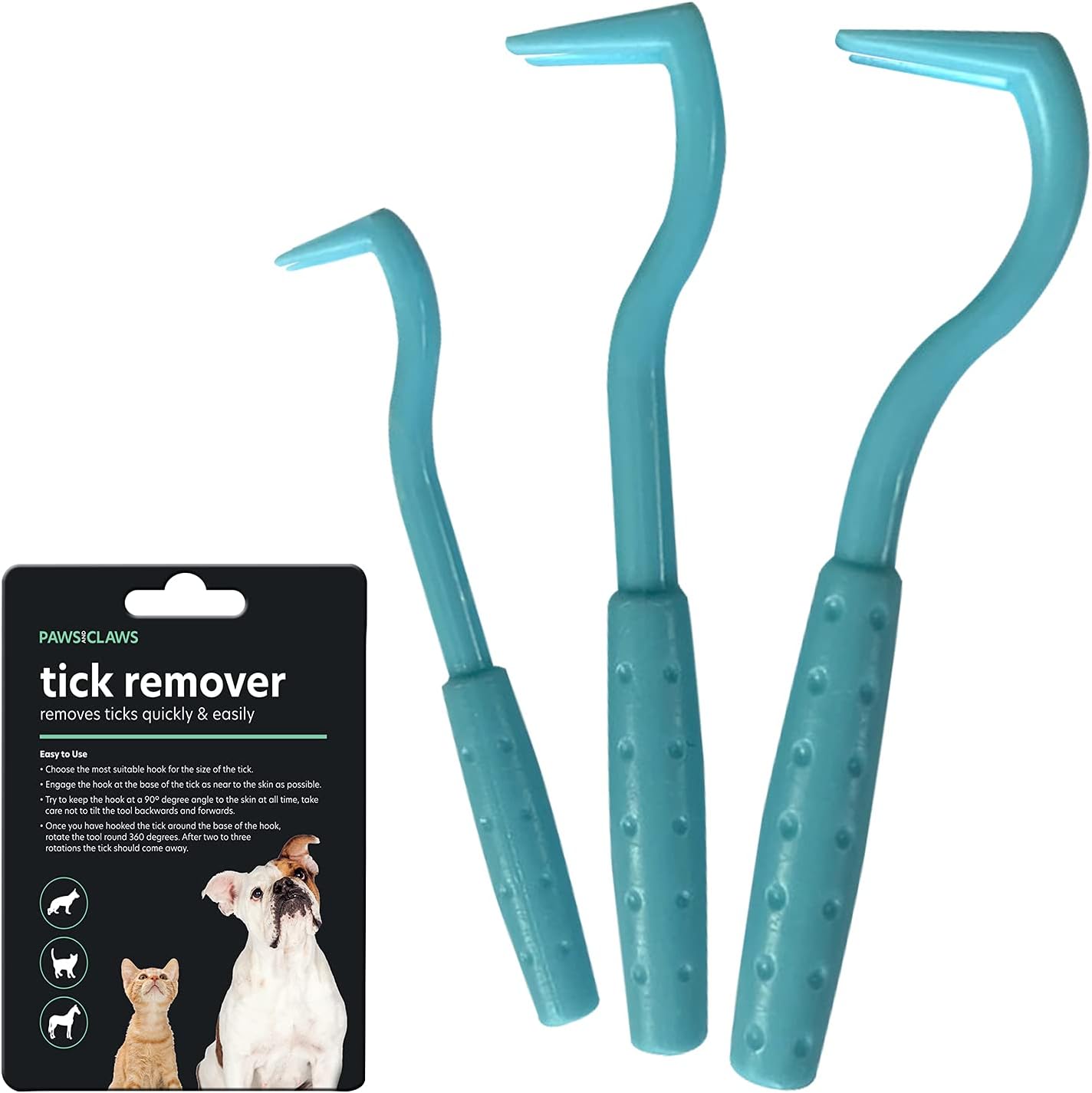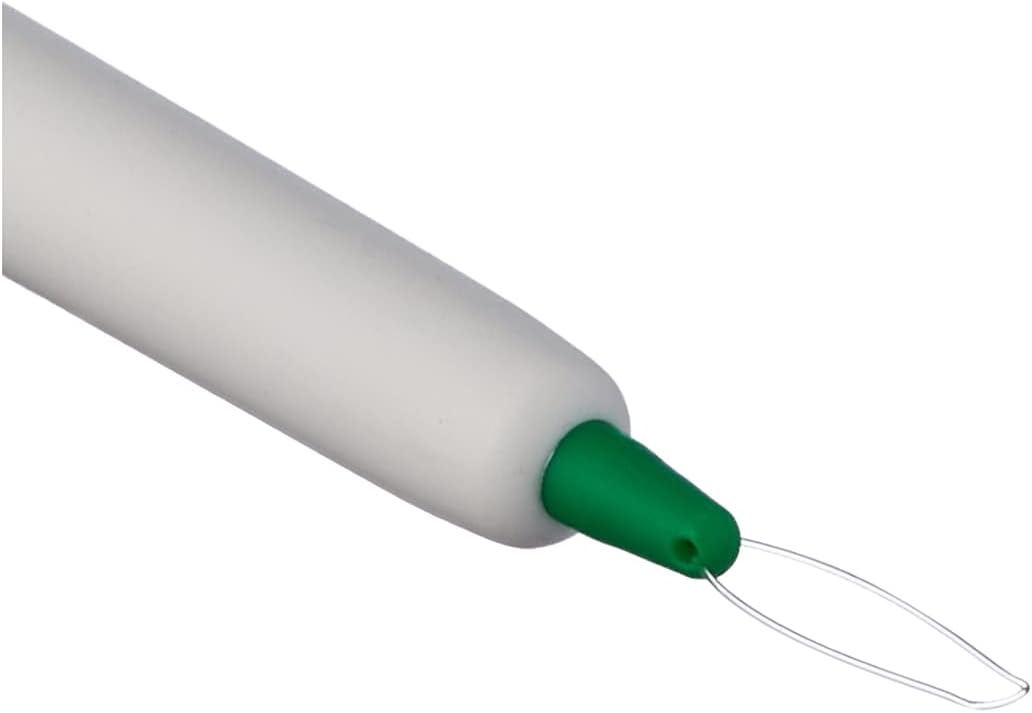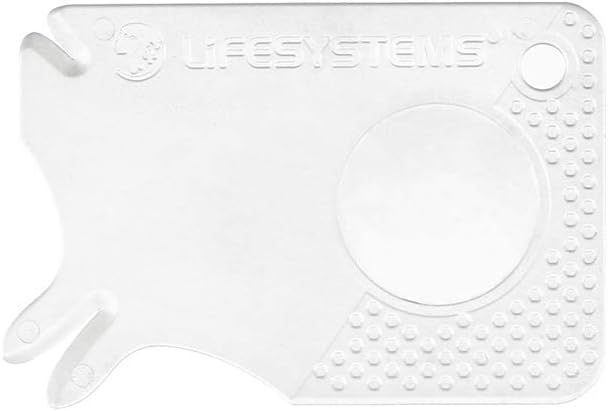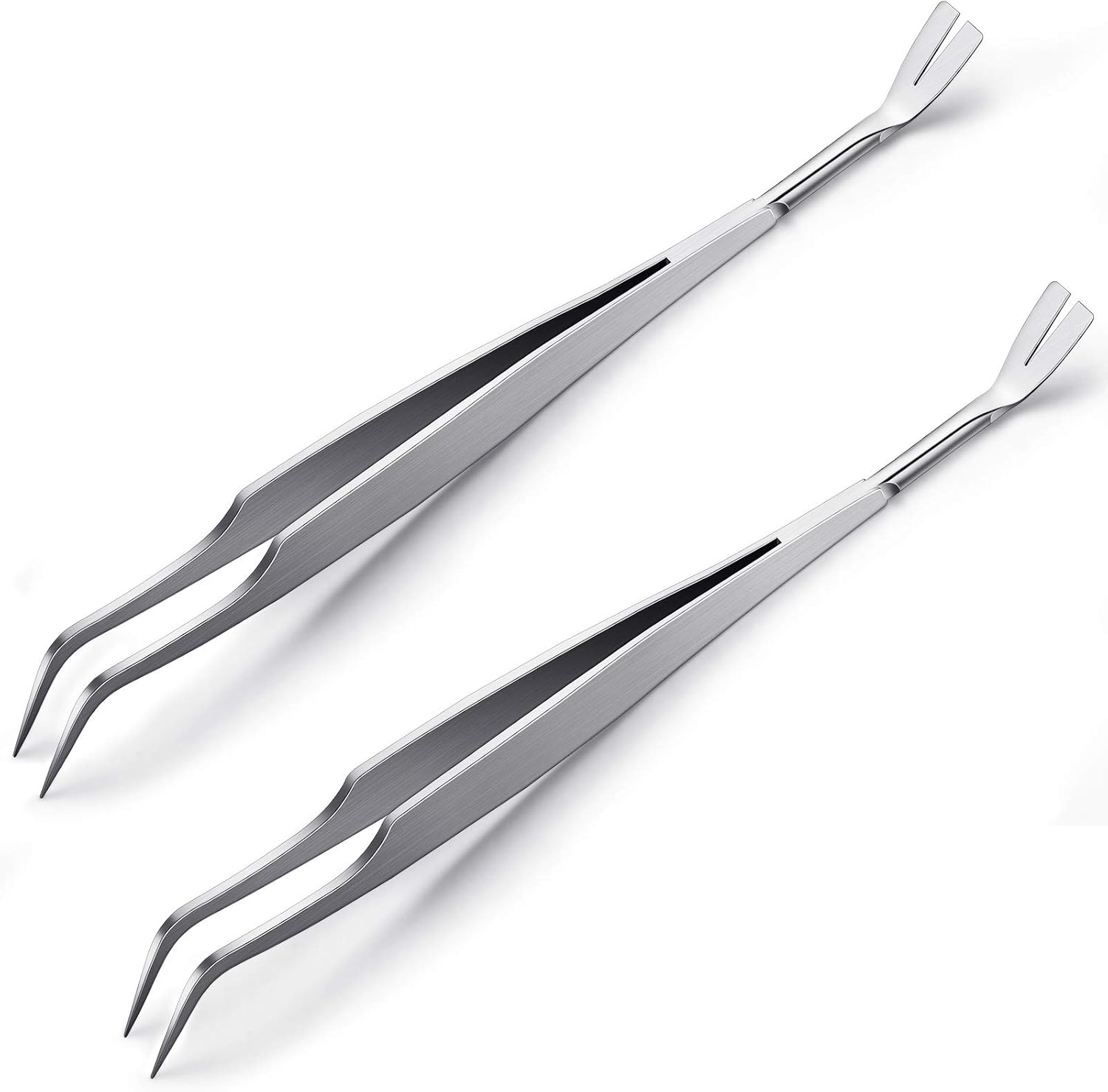Win CENS ProFlex DX5 earplugs worth £1,149 – enter here
Tick prevention in dogs
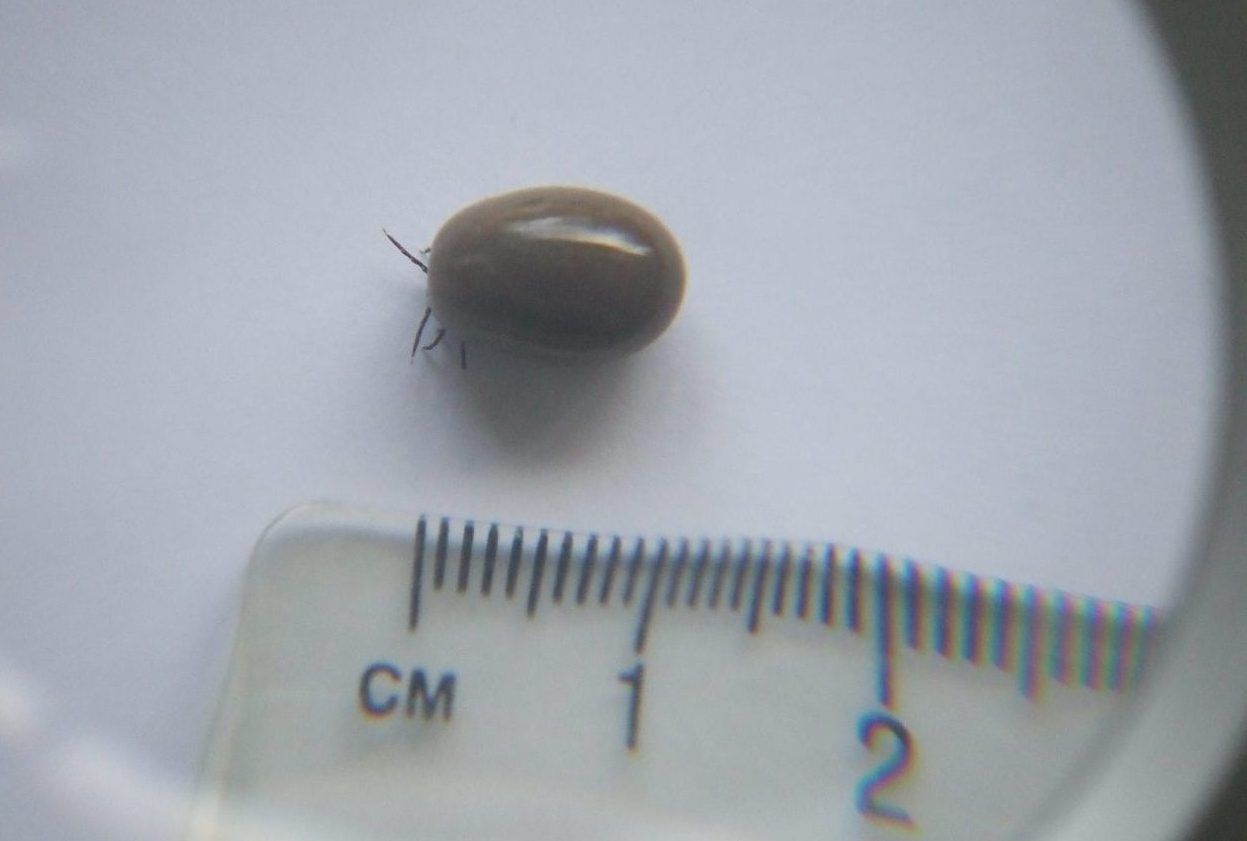
Did you know dogs can get Lyme disease too? Tick prevention in dogs is crucial and removing a tick quickly will prevent the disease being passed on. (Read more on Lyme disease here.)
Symptoms of Lyme disease in dogs
- Fever
- Loss of appetite
- Swelling of joints
If your dog has been in an area where ticks are about and and is suffering from the above you should take him to the vet. At the same time it’s worth talking about treatments for tick prevention in dogs.
Tick prevention in dogs
Kerry-based stalker and Shooting Times contributor Barry Stoffell warns: “Ticks are a big deal for stalkers here. Tick management has become an increasingly important part of stalking here in Ireland – we certainly have plenty of ticks here, and Lyme disease is definitely a potential issue.
“I am probably almost as likely to pick up a tick from one of the dogs as I am from a deer carcass; untreated, the setters would be crawling in them. Fortunately, we found a good solution to this – a terrific chewable tablet called ‘Bravecto’ at the local chemist.”
Bravecto from £24.49

Best for ease of use
- Adminster by tablet or pipette
- Different doses available for different size dogs up to 56kg
- Kills ticks
- Kills fleas
Even if you check your dog over carefully after a walk you may miss a small tick lurking and waiting to do its worst. This product adopts a belt and braces approach; it will kill any ticks you may have missed on the dog so you can rest assured you have things covered.
BUY NOW
Vet’s Best Flea Tick and Mite Flea Treatment Spray for Dogs | Plant Based Formula 500 ml £5.70
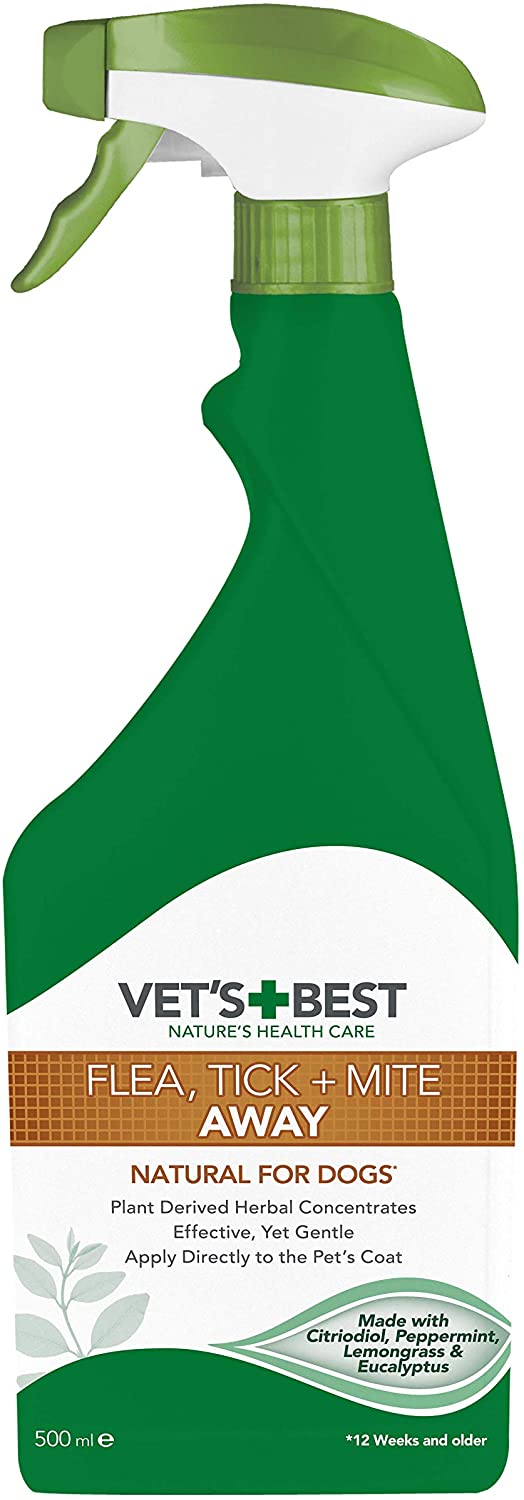
Best for using around house and in dog bedding
- Removes fleas, ticks, mites and eggs
- Useful for treating infestation and for prevention
- Easy to apply, even in tight corners
- Inexpensive
Having a preventative spray in your tick armoury is useful as you can swoosh your dog’s bedding, crates, blankets and the upholstery and carpets in your house. This spray is made only from natural ingredients and gentle enough to be used on puppies from 12 weeks and older.
BUY NOW
Natural Flea Treatment for Dogs – 8 Months Flea and Tick Collar Dog Protection – Adjustable Dog Flea Collar for Small, Medium, Large Puppy – Effective & Waterproof Lice, Tick Repellent for Dogs (Grey) £15.94
Best for long lasting treatment
- Offers 8 months protection 24 hours a day
- Protects against ticks, fleas, lice, mites and larvae
- Works in just 24 hours
- Hypoallergenic
If you’re worried that you might forget about treatment for tick prevention in dogs then a dog flea and tick collar might be the answer. This collar is cut to size so will fit any dog.
BUY NOW
Removing ticks from dogs
So you’ve done all you can on tick prevention in dogs but what should you do if you find a tick on your dog (or yourself). Suffolk-based stalker and Shooting Times contributor Graham Downing comments: “The tick population has certainly increased in my region in recent years. I regularly shoot deer that are carrying ticks, and I occasionally find one on myself or my dog. It is usually the day after I have been out stalking, and the warning sign is a steady low-level itch. Check the area out immediately and you’ll probably see a small dark lump in the middle, probably no more than a millimetre across. Remove it with proper tick removers– don’t try to pull it out with tweezers or your fingernails or you’ll leave the mouthparts embedded in your skin. If a tick is removed within 24 hours of attachment, then the risk of Lyme disease is very low indeed.”
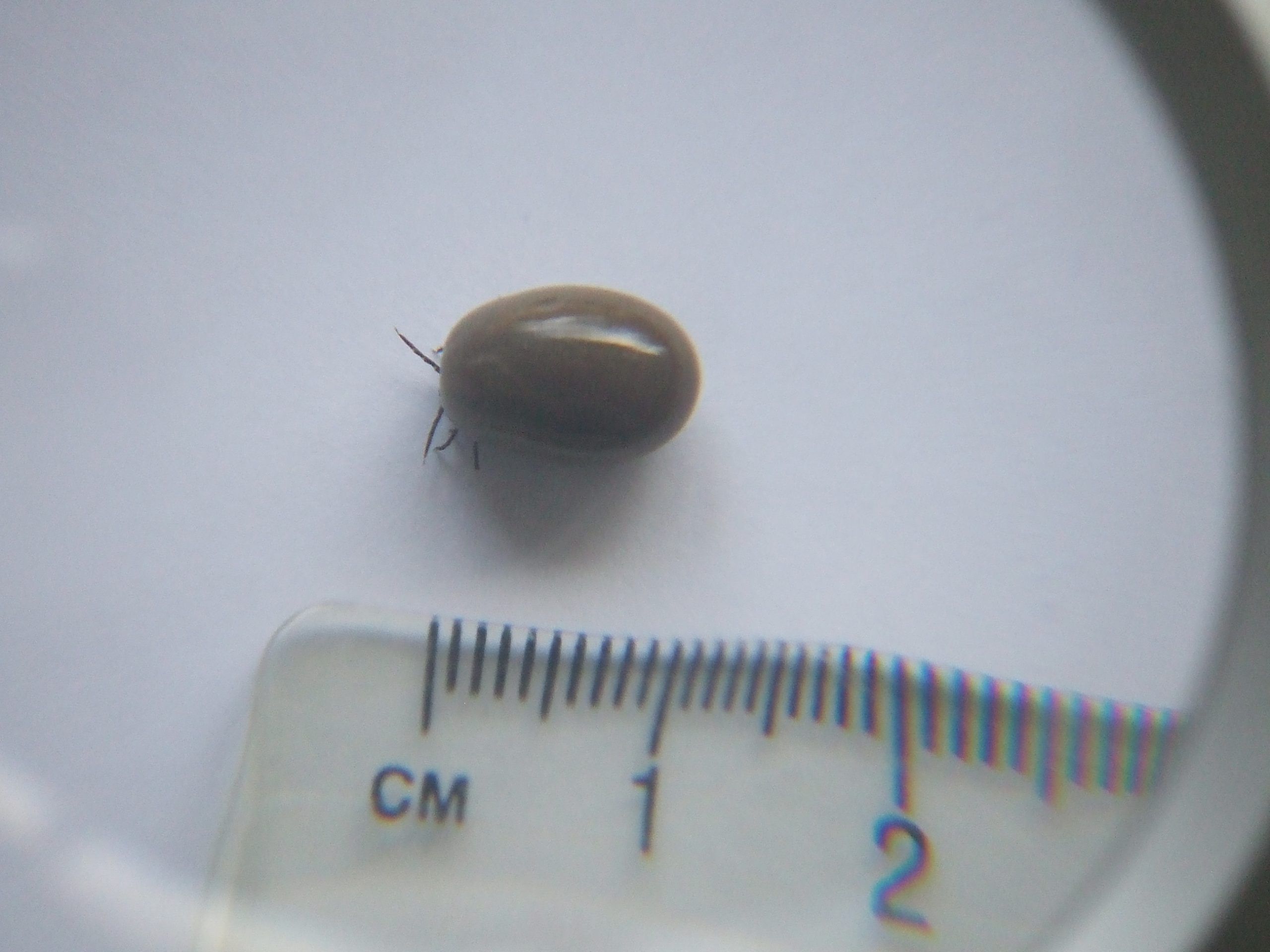
Engorged tick
Tick removers
We asked Lyme Disease Action what they think about tick removers. They said: “It is is worth having a tick remover in your car. Removing the tick promptly reduces the risk of disease being passed, so is definitely a good thing.”
Tick removers are inexpensive, so it’s worth buying a few to have around so that you always have one handy when you need it.
- Always cleanse your tweezers/removing tool thoroughly with antiseptic.
- After tick removal, clean the bite site with antiseptic or soap and water.
- Wash your hands thoroughly afterwards.
- Store the tick in a secure container in case a doctor asks for evidence that you have been bitten (label it with date and location).
- Do not try to burn tick off with matches or cigarettes, apply Vaseline or any other chemical.
TickCheck Premium Tick Remover Kit (Stainless Steel Tick Remover with Tweezers, Leather Case and Pocket Tick Identification Card) £14.49
Best for carrying around in pocket
- Stainless steel
- Suitable for removing larger embedded ticks
- Super fine tip tweezers removing nymphs and small deer ticks
- Suitable for humans and animals
- Includes useful tick id card
These tick removers comes in their own little pouch, so you can carry them around in your pocket or rucksack without worrying about them catching on a seam (or making hole in your kit).
BUY NOW
Mikki Dog, Puppy, Cat Tick Picker Remover – Tick Removal Tool – for Small Medium and Large Pets £2.49
Best for easy cleaning
- Easy to grip handle
- Easy to use
- Painless tick removal
- Chemical free
- Metal hook makes it easy to grasp tick
I keep one of these handy in my car along with antiseptic wipes. I’ve used it frequently on my dog (he seems to pick up ticks on his head and tail mostly) straight after an outing and getting rid of the tick at once is immensely satisfying. I haven’t had to use it on myself yet thankfully. Although it’s good to know I have a tick remover handy – I’d hate to have to drive home knowing that I am hosting a tick. If you run your hand over a dog’s coat you can usually identify a tick by feel (although older dogs will probably have some other lumps and bumps).
BUY NOW
Paws and Claws 3Pcs Tick Remover Tool for Dogs, Pain Free Tick Remover for Humans, Tick Remover for Cats and Horses (Blue). £3.70
Best for both small and large ticks
- Robust high quality plastic
- Easy to use
- Painless tick removal
- Chemical free
- Storage box included
Use this tick remover to simply twist off the offending parasite. It’s so quick and easy to use your dog probably won’t even notice. It can also be used on humans too.
BUY NOW
TRIX TICK LASSO REMOVER PETS & HUMANS DOG SAFE & EASY TO USE £8.90
- Robust high quality plastic
- Easy to use
- Painless tick removal
- Chemical free
- Designed and made in Sweden
This tick remover helps to correctly grip the tick – you place the tip into the skin and apply slight pressure, then the lasso design pulls the tool into position automatically. The lasso loop apparently has a pull strength of more than 9 kilos – which should cover the ticks you are likely to come across. However it isn’t suitable for the large African cattle tick.
BUY NOW
Lifesystems Key-Ring Tick Removal Card For Dogs Or Humans, With Magnifying Lens £2.99
Best for finding ticks without glasses
- Dimensions: 54 x 36 x 1 mm
- Weight 2g
- Easy to use
- Durable, lightweight and pocket sized
- Suitable for humans and pets
This tick remover has a handy magnifying lens so you can see the tick more closely. There are two tick remover slots – for both larger and smaller ticks. We think this would be good to have along with one of the other tick removers on this page, so you can use the magnifier in one hand and the tick remover in another.
BUY NOW
Mudder 2 Pieces Tick Removers Stainless Steel Tick Tweezers Double Sided Tick Remover Tool for Humans, Dogs, Cats £6.99
Best double action tick removers
- Dimensions: 14 cm long
- Double sided design – one side tick remover, other side tweezers
- Use pointed side to hook and tweezers to clip ticks out
- Comfortable grip, lightweight and portable
- Easy to use
- Easy washed stainless steel material
- Suitable for humans and pets
Lyme Disease Action is a fan of stainless steel tweezers, saying they can ‘be washed easily. They are also easier to use on a hairy being than the plastic hook types which need twisting.” This option gives you the best of both worlds – a hook remover and tweezers.
BUY NOW
Preventing tick bites on humans
Shooting Times contributor Charlie Blance is a stalker based in Scotland who has experienced Lyme disease. She warns: ”In my late teens I went to hospital with a mystery illness. Within a few days I went from being completely fine to being so weak that just standing up required a fair amount of effort. My head was splitting, I was shaking violently and my joints ached so badly – I remember it feeling like my hips, jaw and shoulders were being tugged at non-stop. I didn’t have the bullseye rash, so I was quite lucky the doctor had experience of Lyme – after a few questions about my lifestyle she twigged and took my blood, then sent me home with a course of antibiotics. The test came back positive. It knocked me on my a*** for about two weeks and to this day my joints still ache badly whenever I get a bit run down – so I’m pretty on the ball when it comes to preventing tick bites. Working with deer, I’m exposed to the wee b****** regularly so I always carry tick removers and check myself and my dog daily throughout the summer. I like to use natural repellents and prevent access by wearing the right clothing, and though male deerstalkers may not wish to heed this advice, I’ve found lycra gym leggings underneath your stalking gear prevents both the ticks and clegs from biting through. “
Related Articles
Get the latest news delivered direct to your door
Subscribe to Shooting Times & Country
Discover the ultimate companion for field sports enthusiasts with Shooting Times & Country Magazine, the UK’s leading weekly publication that has been at the forefront of shooting culture since 1882. Subscribers gain access to expert tips, comprehensive gear reviews, seasonal advice and a vibrant community of like-minded shooters.
Save on shop price when you subscribe with weekly issues featuring in-depth articles on gundog training, exclusive member offers and access to the digital back issue library. A Shooting Times & Country subscription is more than a magazine, don’t just read about the countryside; immerse yourself in its most authoritative and engaging publication.






